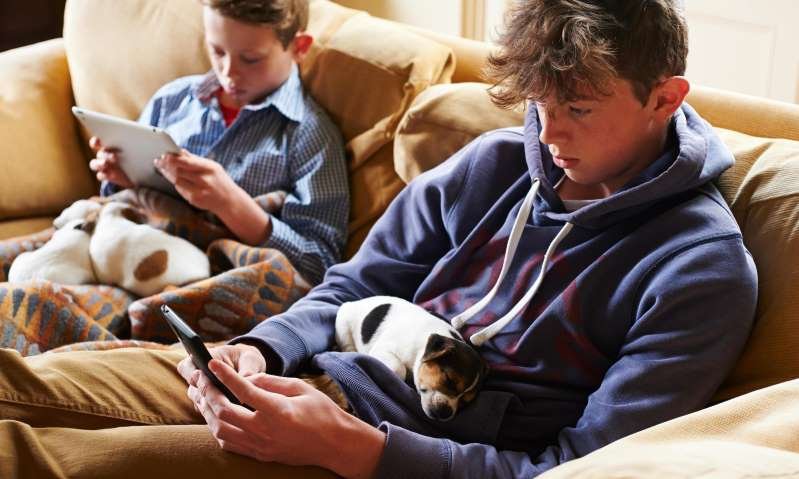Australian youth are among the most inactive in the world, the first global ranking of the physical activity of 11-17 year olds has found, with neighbouring New Zealand faring only slightly better.
Researchers from the University of Western Australia and the Imperial College in London analysed data from 298 school surveys on physical activity levels from 146 countries, representing 1.6 million students. Australia was one of the worst performers, ranking in at 140. New Zealand came in at 138 in the ranking, which was published in The Lancet Child & Adolescent Health journal on Friday.

The World Health Organisation, which funded the survey, recommends adolescents do moderate or vigorous physical activity for an hour or more each day. Eighty-nine per cent of young Australians and New Zealanders did not meet this recommendation. Out of 25 high-income western countries, Australia had the highest number of teenagers – nine out of 10 – not meeting physical activity guidelines. Italy and France were rated second and third respectively.
In Australia, 91% of girls did not meet activity targets, compared to 87% of boys.
A researcher in human sciences with the University of Western Australia’s department of sport science, exercise and health, associate professor Rebecca Braham, said the research shows that trends of insufficient physical activity among 11-17 year-olds had remained high and relatively stable over a 15-year period.
“This is concerning because we know that the best predictors of levels of physical activity in adulthood is your activity in adolescent years,” she said.
“On a positive note, when a group identifies as insufficiently active, it means that they are participating in activity but just not enough to meet recommendations so the opportunity for intervention and improvement is there but we just need to find the right strategies and pathways to engage this group.”
Dr Jodie Cochrane Wilkie, a senior lecturer from the school of medical and health sciences at Edith Cowan University, said research reported over many years in Australia had shown similar findings so the results were not surprising.
“What is disappointing is that, although in most countries the percentage of insufficient physical activity in boys has decreased, in Australia it actually increased from 2001 to 2016 from 83.5% to 86.8%,” she said.
“We also know that compared to 30 years ago our children do not have the same level of fundamental movement skill competency, fitness and strength. If children are unable to perform skills well, such as catching, throwing, kicking, jumping and running, or do not have the required strength, then they are more likely to have low self-esteem and not want to participate in sport.
“This then leads to inactivity in adolescents and this inactivity continues through to adulthood.”
Slovakia had the most active youth – 71.5% did not meet activity recommendations – while South Korean youth were most inactive, with 94.2% of youth failing to meet recommendations.
The Lancet report concluded: “Young people have the right to play and should be provided with the opportunities to realise their right to physical and mental health and wellbeing.”
“That four in every five adolescents do not experience the enjoyment and social, physical and mental health benefits of regular physical activity is not by chance, but a consequence of political choices and societal design.”
Story Credit: msn